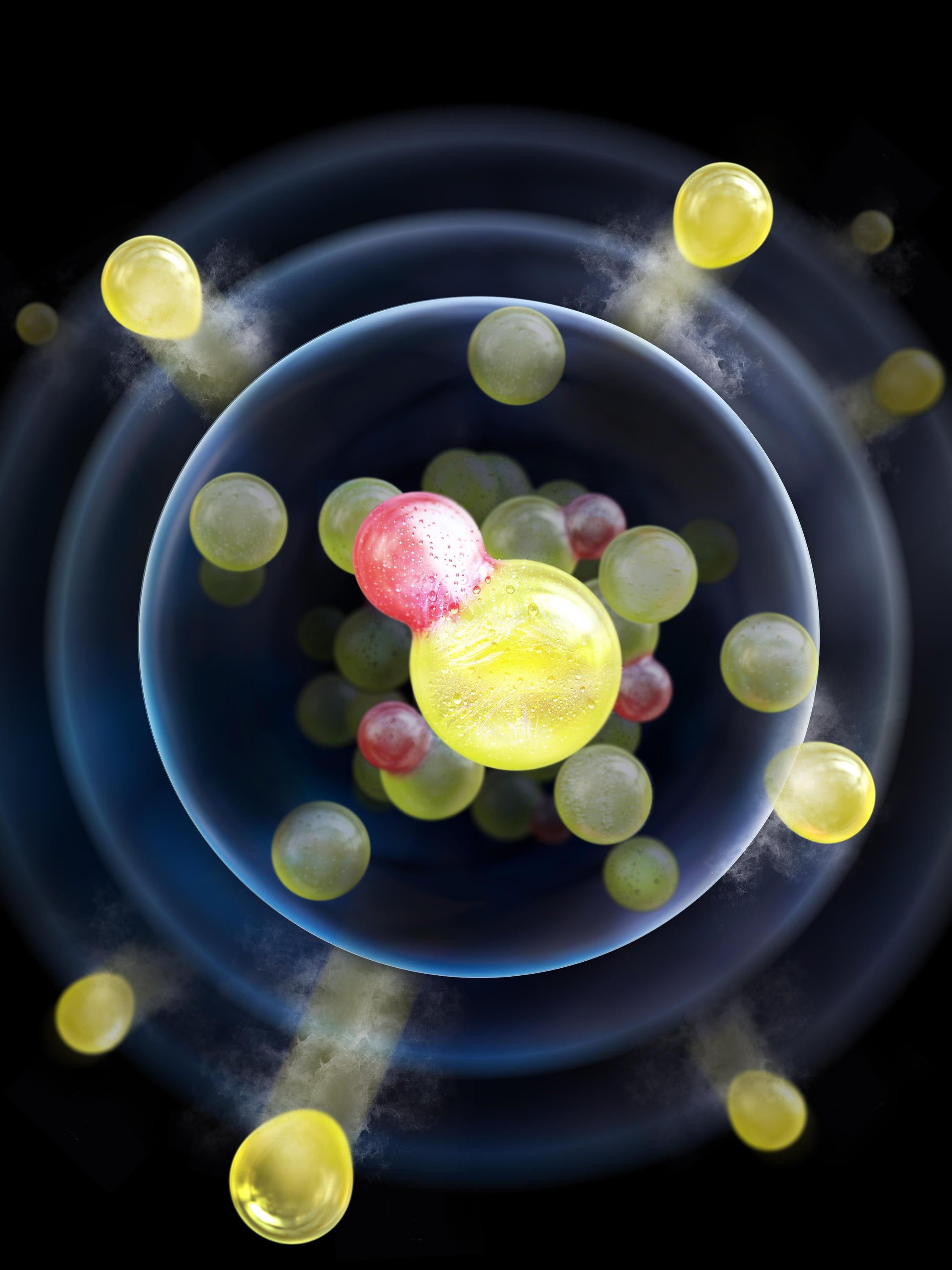Researchers have discovered the first working refrigerator for cooling molecules to ultracold temperatures. These can be powerful candidates for running quantum computers and quantum simulators.
Published in Nature, the breakthrough was a collaboration between the Massachusetts Institute for Technology (MIT) and Harvard University at the Center for Ultracold Atoms. Author Alan Jamison, now a faculty member at the University of Waterloos Institute for Quantum Computing (IQC) and Department of Physics Astronomy, said the finding has eluded researchers for years.
The sodium-lithium molecules used in the experiment are ideal for simulating quantum materials and for quantum computing when ultracoldbetween one millionth and one billionth of a degree above absolute zero. These low temperatures help amplify quantum effects and make them easier to control.
While physicists have long been successful cooling individual atoms to these temperatures, molecules have proven elusive until now.

“Sodium-lithium molecules are quite different from other molecules people have tried,” said Jamison. “Many folks expected those differences would make cooling even less likely to work. However, we had a feeling these differences could be an advantage instead of a detriment.”
The researchers, who included Nobel Prize laureate Wolfgang Ketterle and graduate student Juliana Park of MIT, and Hyungmok Son, a graduate student at Harvard, used a method called sympathetic cooling where an easily cooled type of atom is used to cool down a more difficult type. The method works like a refrigerator: many colder particles remove heat from the target sample.
The main obstacle to cooling molecules with this method is that particles need to exchange energy through “good” interactions without destroying each other through “bad” ones such as chemical reactions. The complexity of molecules makes them tend to have destructive collisions with atoms.
Using sodium atoms prepared in a special quantum state, the researchers were able to cool sodium-lithium molecules to an ultracold 200 nano-Kelvin, or 200 billionths of a degree.
“This result tells us to rethink our old assumptions about which atoms and molecules can make good refrigerator systems,” said Jamison.
Future experiments can build on this technique to bring sodium-lithium molecules to even lower temperatures, where they can be used to simulate exotic quantum materials.
Collisional cooling of ultracold molecules was published in Nature on April 8, 2020.